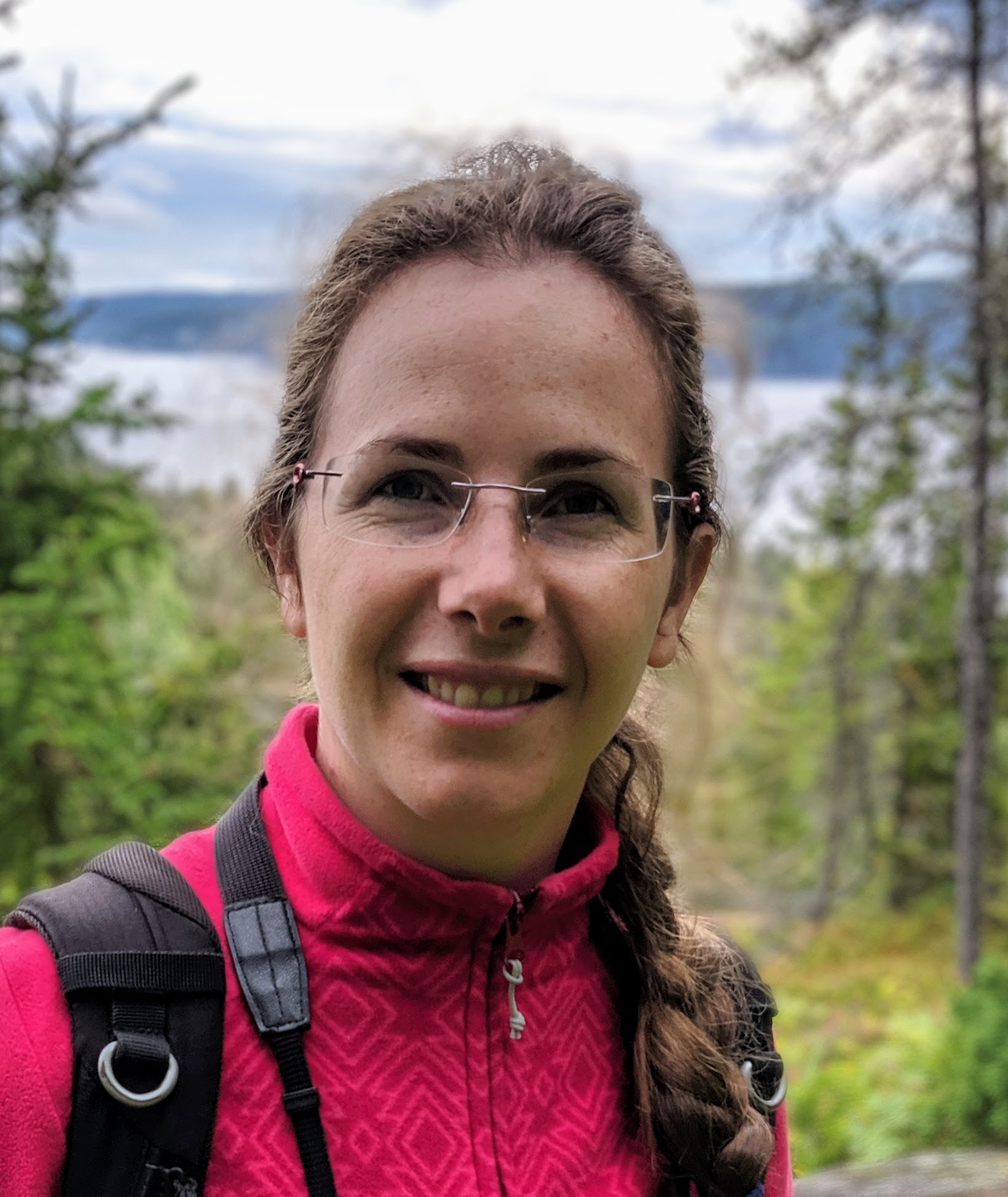Claire Mérot
e-mail: claire.merot@gmail.com
Supervisors: Maren Wellenreuther, Louis Bernatchez (University of Laval, Canada)
Funding: Banting
The role of chromosomal inversion in adaptation to heterogenous environments in seaweed flies
Species evolution and adaptation has been suggested to be enhanced by certain genomic structures. One of these are inversions, where a segment of the chromosome breaks, is reversed and then re-inserted. The most compelling aspects of inversions is reduced recombination due to a decrease in synapsis formation in heterozygotes. As a result, inversions accumulate more variation than collinear regions and show intriguing patterns, such as varying in frequency along ecological clines, being involved in hybrid vigour, and harbouring an overabundance of loci involved in adaptation, population divergence and speciation.
My current project addresses the role of chromosomal inversions in adaptation by means of a multi-layer integrative approach using the seaweed fly Coelopa frigida as a model species. By studying the population ecology, genomics and inversion frequencies in natural populations along a latitudinal cline, I am assessing the association between inversions and adaptation to heterogeneous environments, in a context of high gene flow. I am also using laboratory experiments, I am explicitely testing fitness and investigating functionally the genetic basis of local adaptation. My aim is to shed light on the modalities by which chromosomic inversions contribute to adaptation in a non-model species and the selective forces and genetic mechanisms underlying the evolution of such structures.
I am interested in the evolution of biological diversity, through the interplay between ecology and genomes. I studied speciation during my PhD and the maintenance of polymorphism during my post-doc. In my projects with Maren Wellenreuther and other collaborators, I have increasingly become interested in a hidden aspect of genetic diversity, structural variation, including inversions and a whole range of variants of all size. I aim, through my research (and teaching) to contribute to a better understanding of the role played by structural variants in evolutionary processes such as adaptation and speciation.
http://www.normalesup.org/~cmerot/index_en.html
